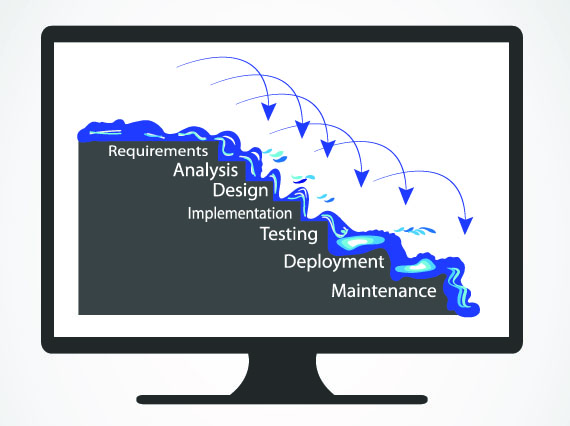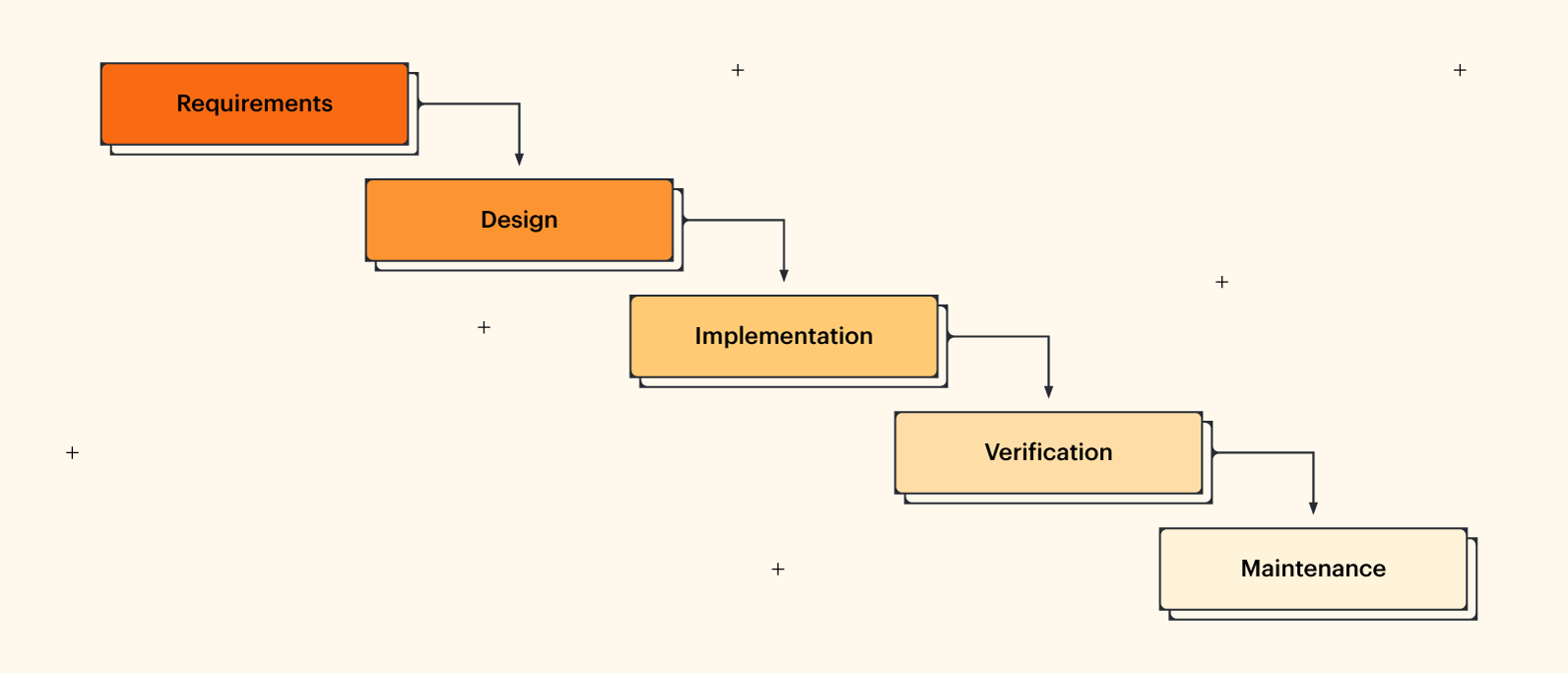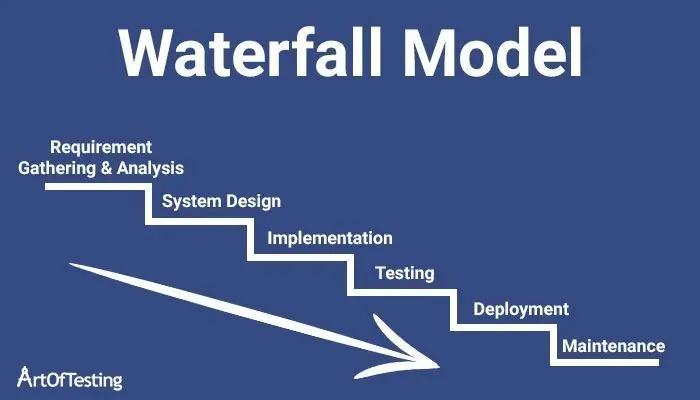
Note that some of these enhancements have also been since integrated into DeepLIFT. The implementation here differs from the original DeepLIFT by using a distribution of background samples instead of a single reference value, and using Shapley equations to linearize components such as max, softmax, products, divisions, etc. text( shap_values)ĭeep learning example with DeepExplainer (TensorFlow/Keras models)ĭeep SHAP is a high-speed approximation algorithm for SHAP values in deep learning models that builds on a connection with DeepLIFT described in the SHAP NIPS paper. # visualize the first prediction's explanation for the POSITIVE output class shap. # explain the model on two sample inputs explainer = shap. pipeline( 'sentiment-analysis', return_all_scores = True) Learn how agile product managers can build better products.Import transformers import shap # load a transformers pipeline model model = transformers. Related terms: Agile, Agile Manifesto, Agile Framework, Agile Transformation, Product Requirements Document. Still trying to choose between waterfall and agile? Read this. Here are key considerations for choosing the waterfall method: Clear, fixed requirementsįreely available resources and requisite expertise “Ideally, your team should be using the waterfall methodology if there is a very clear picture of what the final product will be and if you know that your users won’t have changing needs once the project has begun.” While Waterfall is not an ideal product dev method for complex projects or projects with requirements that are likely to change, it can be a reasonable method for short-term projects with clearly defined, fixed requirements. Department of Defense, have entirely moved away from waterfall-type methodologies. Some organizations, however, like the U.S. Recent research from the Project Management Institute indicates that roughly half of all organizations use waterfall. Since the feedback and testing phases occur later in the development cycle, the risk of newly discovered constraints, requirements, or problems severely impacts development and costs.


While the waterfall model may be well-suited for projects with fixed requirements and scope, it’s not a good fit for other types of projects. In other words, once the work for a stage has been completed in a waterfall environment, there’s no turning back: Development must move on to the next stage. With the waterfall method, product managers set rigid plans in discrete phases for development teams to execute.

The agile methodology, far more flexible, encourages frequent feedback and the ability to quickly switch focus and priority. Here are a few of the key differences between waterfall and agile: In contrast, agile is an iterative product development methodology in which teams work in brief, incremental sprints and frequently regroup to review the work and make changes. Waterfall is a more traditional, sequence-based methodology. Each phase must be completed before the next one begins.īasic steps of the waterfall method: Step 1 Requirements are meticulously defined upfront and implemented sequentially in the following phases: conception, initiation, analysis, design, construction, testing, production/implementation, and maintenance. Waterfall is a long-term product development method characterized by linear sequential phases for planning, building, and delivering new features or products.


 0 kommentar(er)
0 kommentar(er)
